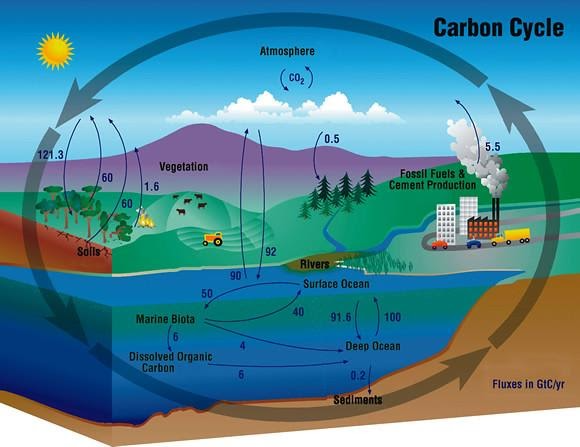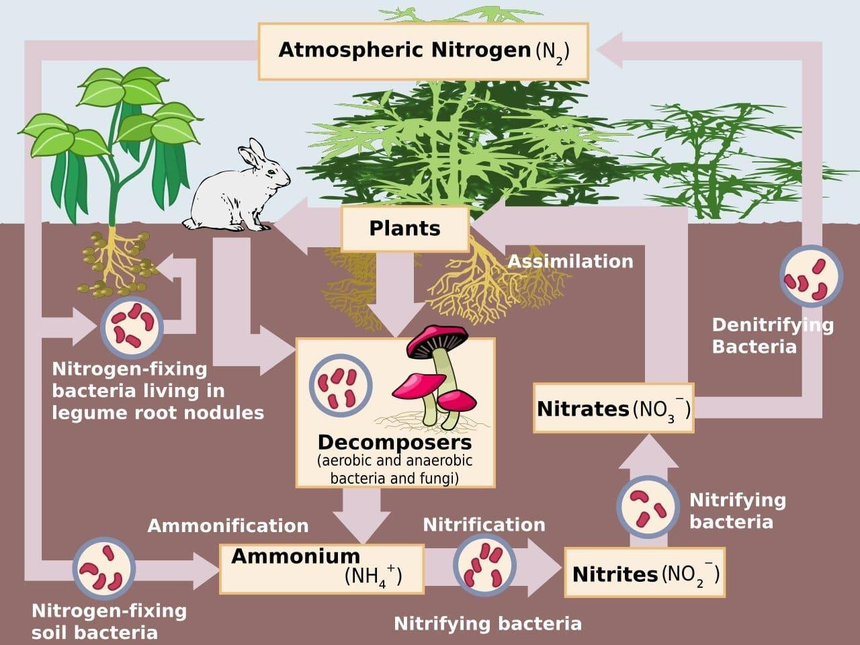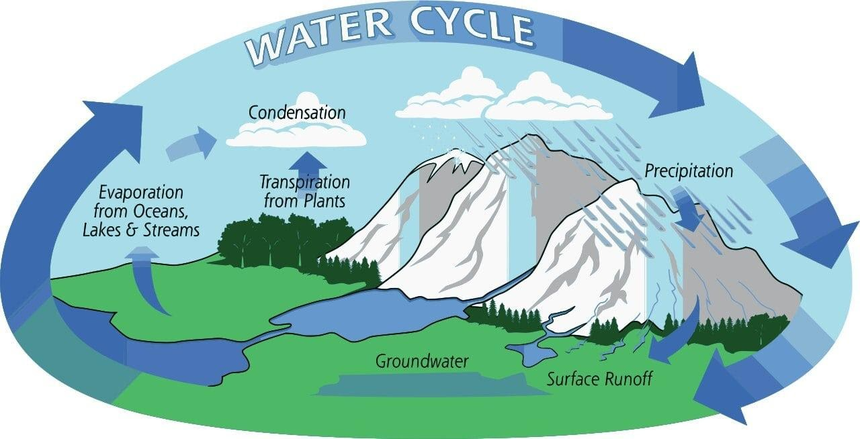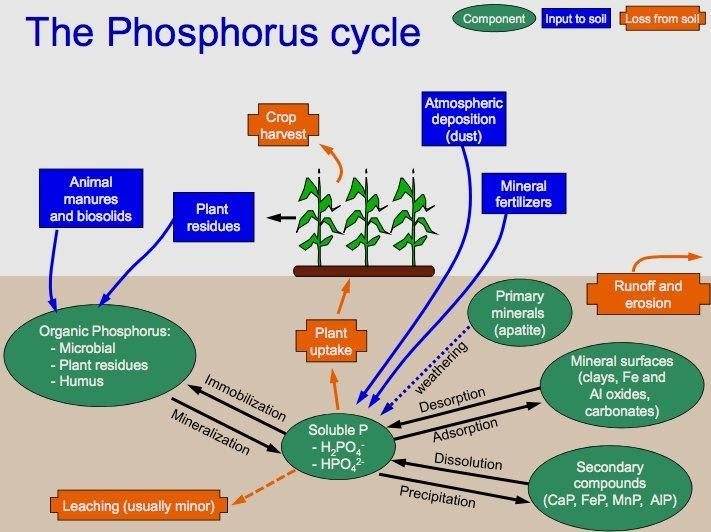What is Ecosystem? - Abiotic, Biotic, Functions, FAQs
Ecosystem:
Living organism depends basically on non-living organism and cannot isolate from them. This happens because they provide the energy as well as the material for the survival. For stability of the system the interaction can be noticed between environment and the biotic components, which makes the self-sufficient unit so called Ecosystem. Living organism interacted with their physical environment and themselves are the parts of the Ecosystem. The term Ecosystem was first used by A.G.Tansley in 1935. Defining Ecosystem in terms of structural and functional unit of ecology that encompasses the complex interaction between living(biotic) and non-living (abiotic) components.
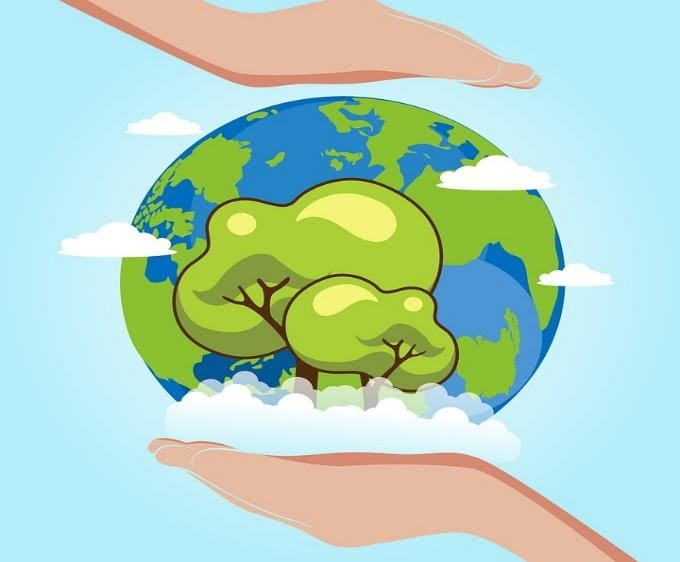
Also read -
What is Ecosystem?
Ecosystem can be defined as the word ‘eco’ means the part of world and ‘system’ means the coordination unit. The habitat and their surrounding environment work as a single unit and this ecological unit is called Ecosystem. It can be seen that naturally occurring aggregation of environment and life associated with it. Living organism and life are the biotic components that includes plants, animals and other living creatures, they are referred as biocoenosis, and the environment is encompasses the physical region of life which is biotope.
Ecosystem can be a whole forest as well as it can be a small pond. Being open system, it receives the energy from outside such as the Sun utilises as it inputs and removes the heat into space as its output. The boundaries of an ecosystem never became so rigid, because they can coagulate to form whole earth ass a single ecosystem. Any Ecosystem has two components i.e Abiotic and Biotic components of ecosystem and functions related to them.
The balance were maintained in an ecosystem, but any new introduction of species may sometimes leads to disastrous results, that leads to death of many species. The living organism and habitat have their different physical environment comprising in an ecosystem for example a mouse can live in a field, garden and in house also.
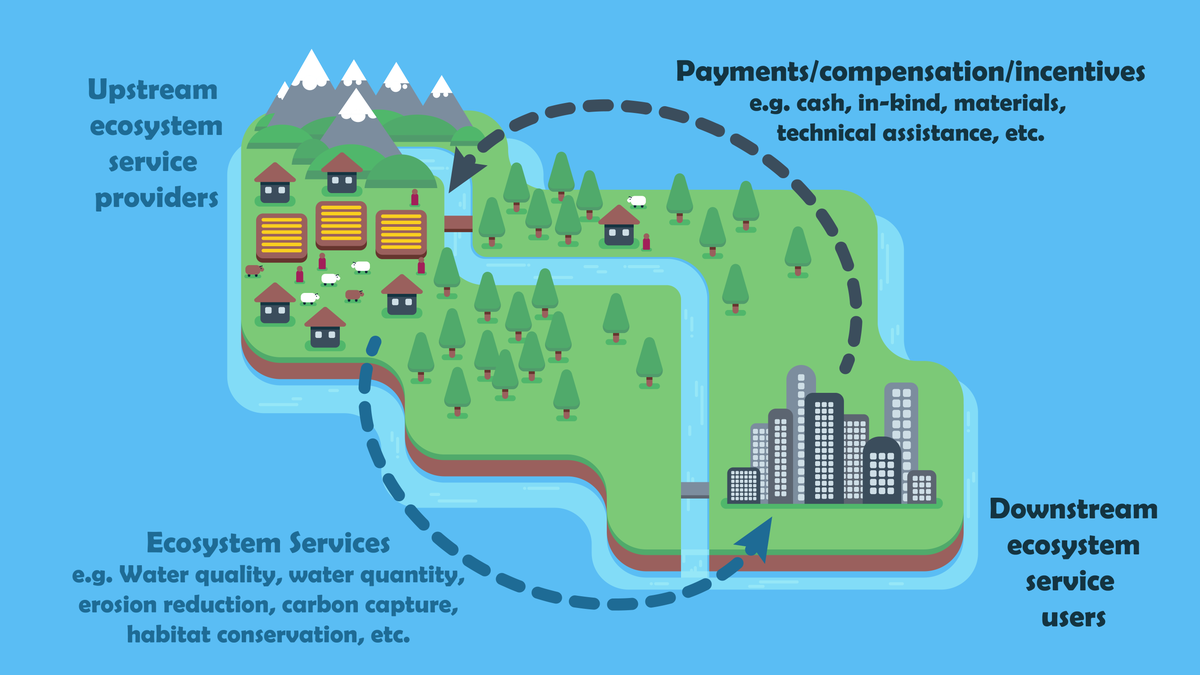
Depending upon structural and functional unit of an Ecosystem:
What are the components of ecosystem?
Ecosystem basically divided into two main components follows:
Abiotic components of ecosystem
Biotic components of ecosystem
Abiotic:
The abiotic components are the non- living components and they can be categories into following categories:
Climatic Factors: These may include the factors such as rain, temperature, wind, light, humidity etc.
Edaphic Factors: These may include pH, topography, minerals, soil etc.
Soil is found to be the much more complex sediments than any simpler one, as they contain the mixture of weathered rock fragments, mineral particles, organic matter and other living organisms. Through nutrient cycle of ecosystem vegetation are growing on top of it as well as shelter and water are provided by soil,so it is closely relatable to ecosystem.
Atmosphere: The process like transpiration, evaporation, precipitation of water cycle are conducted and also the organisms found in the atmosphere which is found in the ecosystem uses carbon-di oxide for photosynthesis and oxygen for respiration.
Water: It is the medium of ecosystem to get mineral and nutrients which is helpful in photosynthesis as well as for animals.
Solar radiation: These radiations are necessary for heating up the transpire water and for the photosynthesis of plant. Because the metabolism and organic matter grow with the help of sunlight which is the part of ecosystem.
Biotic:
The biotic components are living components and they may ionclude plants animals and also the micro bacteria and fungi, are all parts of an ecosystem.
Producers: The producers are the green plants that have chlorophyll which helps to entrap the solar energy and changes into chemical energy.The process also includes the simple inorganic compounds and water and process is so called Photosynthesis.As they preapres their food by their own so they are called Autotrophs.
Consumers: The animals depends on plants and can not prepare their food by their own so they are called Hetrotrophs.
The consumers are further divided into four category as follows:
Herbivores or Primary consumers: They are also known as first order consumers, they are the animals which depends on plants.Example- deer, gpoat, cattle, rabbit etc.
Carnivores or Secondary consumers: They are also known as secondary consumers, they are animals which depends on herbivores for their food.Example-cats, snakes,etc.
Tertiary consumers: These are also known as third order consumers, they are large carnivores.Example-wolves.
Omnivores or Quaternary consumers: Theses are also known as fourth order consumers, they depends on tertiary consumers for their food.Example- lions and tigers.
Decomposers: They are also known as reducers bacteria and fungi are the decomposers.The work of decomposers is to breakdown the dead material which is obtained from plants and animals.Theses organic and inorganic materials are the metabolic by products.Reuse of this material can be take place by producers(plants) so cycle of exchange occurs in between biotic and abiotic community, so they are categories as Saprotrophs which means rotten feeders.
Also Read:
Functions of Ecosystem:
Ecosystem is the dynamic system comprising of all complexity and also performs certain functions.The Function of Ecosystem as listed below.
Productivity
Decomposition
Physical
Biological
Biogeochemical
Productivity:
For the functionality and sustainability of an ecosystem the basic requirement is the constant input of solar energy.The Primary production can be defined as the amount of organic matter or biomass produced over per unit time by photosynthesis.The rate of biomass can be expressed in terms of energy or weight which is so called Productivity.
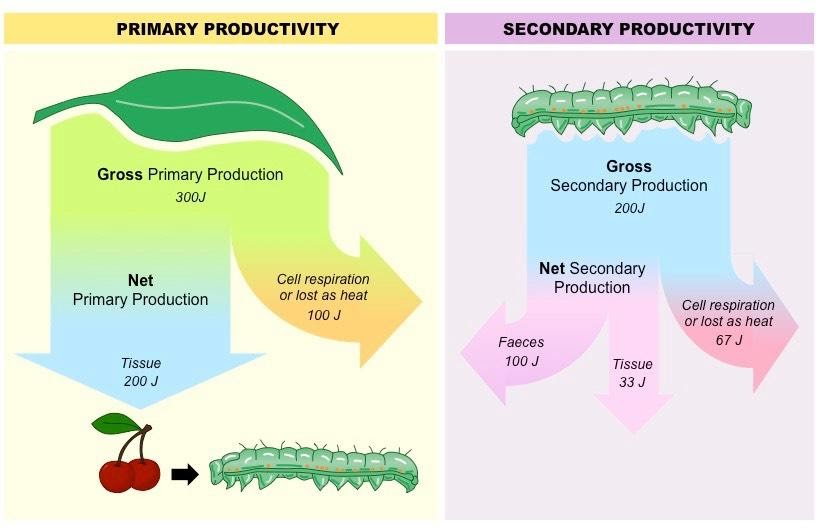
Decomposition:
Breaking down of complex organic matter into simpler inorganic matter such as carbon di oxide, water, and other nutrients is called decomposition. The remains of dead plant such as leaves,flowers, bark, by products of animals, that includes fecal matter is the raw material for decomposition.The major steps included in the decomposition process are fragmentation, leaching, catabolism, humification and mineralisation.
Leaching is the process where water soluble nutrients precipitated and no residue of salt was found.
Fragmentation is the process where detritus break into much smaller particles.
Catabolism is the process where the detritus gets converted into inorganic substances by the action of bacteria and enzymes on detritus.
Humification oocurs when highly resistant microbial action encopunters the decomposition process at very slow rate which piling up dark colour amorphous substance humus.
Mineralisation is further degradation of microbes and releasing the inorgaic nutrients.
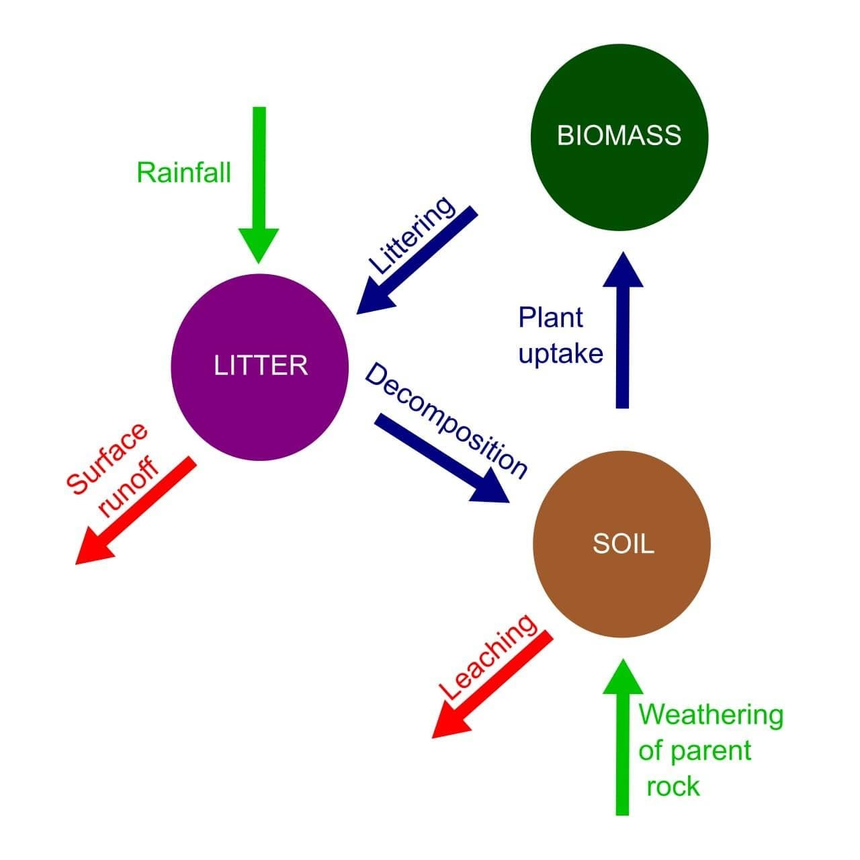
Physical (Energy flow):
The energy transfer can be seen in different trophical levels of food chain. Chemical energy from food is required for all living organism.This energy flow is based on First and second law of thermodynamics. According to First law of thermodynamics, energy can neither be created nor be destroyed it can only transform from one form to the other. According Second law of thermodynamics if more energy is tranfered more wastage of energy can be seen.
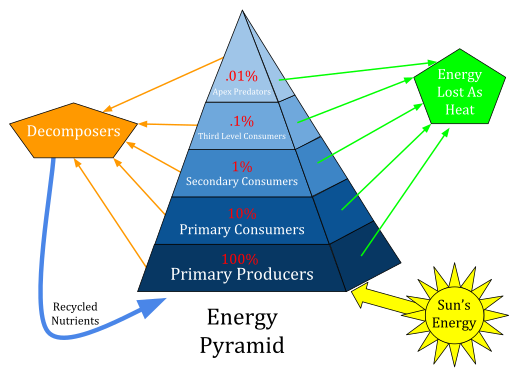
Related Topics Link, |
Biological:
Food chain
The functional properties of Ecosystem are food chains and energy flow.This make the ecosystem dynamic in nature, and through this biotic and abiotic components are related.The transfer of energy from food, through a series of organism from herbivores to carnivores and next to decomposers are so called food chain. The process occurs in repeated period of time.
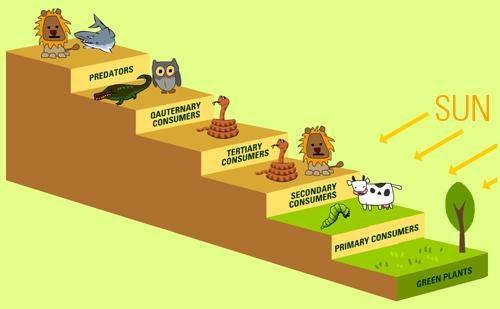
In nature basically two major types of food chain can be observed:
Grazing food chains is shown as:
The phytoplanktons → Zooplanktons → Fish seequence
Detritus food chains
Food web
At every point in nature the organism require different food going through different trophic levels so to maintain the balance in ecosystem various types of interconnections are made in between the food chains and they are referred as Food web.
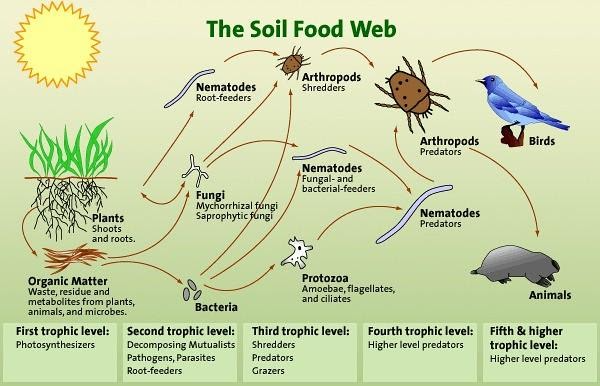
Biogeochemical process:
This is defined as the exchange of material in cyclic format between living organisms and non living organism are so called biogeochemical cycle.
This may include various cycles such as:
Carbon cycle
Nitrogen cycle
Water cycle
Phosphorous cycle
Also check-
- NCERT Exemplar Class 11th Chemistry Solutions
- NCERT Exemplar Class 12th Chemistry Solutions
- NCERT Exemplar Solutions for All Subjects
NCERT Chemistry Notes:
